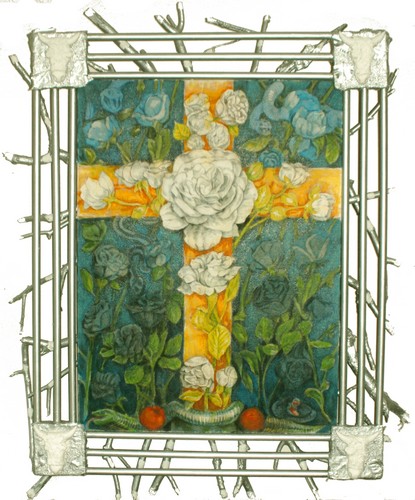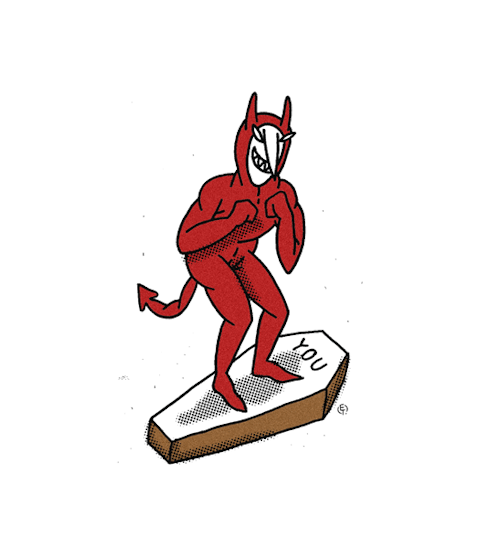
The National Gallery of Art in Washington, DC, among others, shows some great religious art examples. You can spend hours and be always impressed by each next piece there. Simultaneously, looking for an example of great art in churches in the U.S., you see only an ersatz of art. Disappointment, to be exact. There is no original art. Pieces are ordered from a catalog. The art is not first-class; rather, it is no class following centuries-old recipes and without any live aesthetical impact. Frozen in the past and the fear of the creators of the subject. There is a lack of intellectual ability to develop new interpretations—the same disease as in contemporary art. Same time many US-based artists are taking on the subject. For example, I saw crosses painted by Roger Brown Chicago and quite a few samples created by other artists.
Located near Pittsburg, PA, every 2 years, St Vincent college organizes a “Religious Art Competition” started by now-deceased brother Nathan as his project to attract several artists. Since no art trying to be relevant can avoid the universal subject of human suffering, I was trying to capture some meaning in my work. And when I learned about an opportunity to show it and was faced with the task of packing and shipping instead, I jumped into my car and drove 550 miles overnight from Chicago to deliver my oversized piece. Of course, I enjoy such trips to see new places and people with the taste of an adventure.

I noticed this and a few other times that the choice of “wining” artworks were related not to the criteria like the ability to interpret the subject or even technical and artistical quality but, most of all, to the juror’s background and upbringing. Simply the personal preferences of a juror who preferred primitive art shunning other much better technically and artistically pieces, plus a case of a person who was brainwashed during her study to prefer nonrepresentational art.
Religious art is unavoidable about the subject, and an unarticulated piece of twisted metal that received one of the commendations was not expressing anything about the subject.
The juror felt under pressure to recognize what is currently in fashion—a piece of dead junk.
I appreciate people taking on religious subjects regardless of current trends.
They do it regardless of dead prospects, just because of the love of the subject.
But there is too much religious fear freezing artists’ hands to expect fresh new interpretations.
The artist’s educational, and cultural background is one more limiting factor pushing some of us to, for example, toward dark backgrounds.
In Chicago, you may see first (and online 2020 ) a small exhibition of religious art. The outcome of a Religious art competition 2020 organized by the “Catholic art Institute” https://www.catholicartinstitute.org/competition
A couple of submitted pieces showed a more free/ artistic approach to the subject but were not displayed on the website. What I regret is that we can not see all submitted artwork to see more diversity.
The final selection, in my eyes, is limited to traditional interpretation.
It is a pity that we see only a small fraction of the 400 pieces of submitted art.


 A few years ago, I learned about a Chapel described as “Catholic” decorated with the art of Rothko. Upon seeing the “art,” it is not hard to conclude that there is something amiss. Huge pieces covered with black paint dominate the space. The symbolistic meaning of the black color is obvious and doesn’t demand an explanation.
A few years ago, I learned about a Chapel described as “Catholic” decorated with the art of Rothko. Upon seeing the “art,” it is not hard to conclude that there is something amiss. Huge pieces covered with black paint dominate the space. The symbolistic meaning of the black color is obvious and doesn’t demand an explanation.
